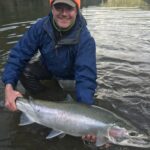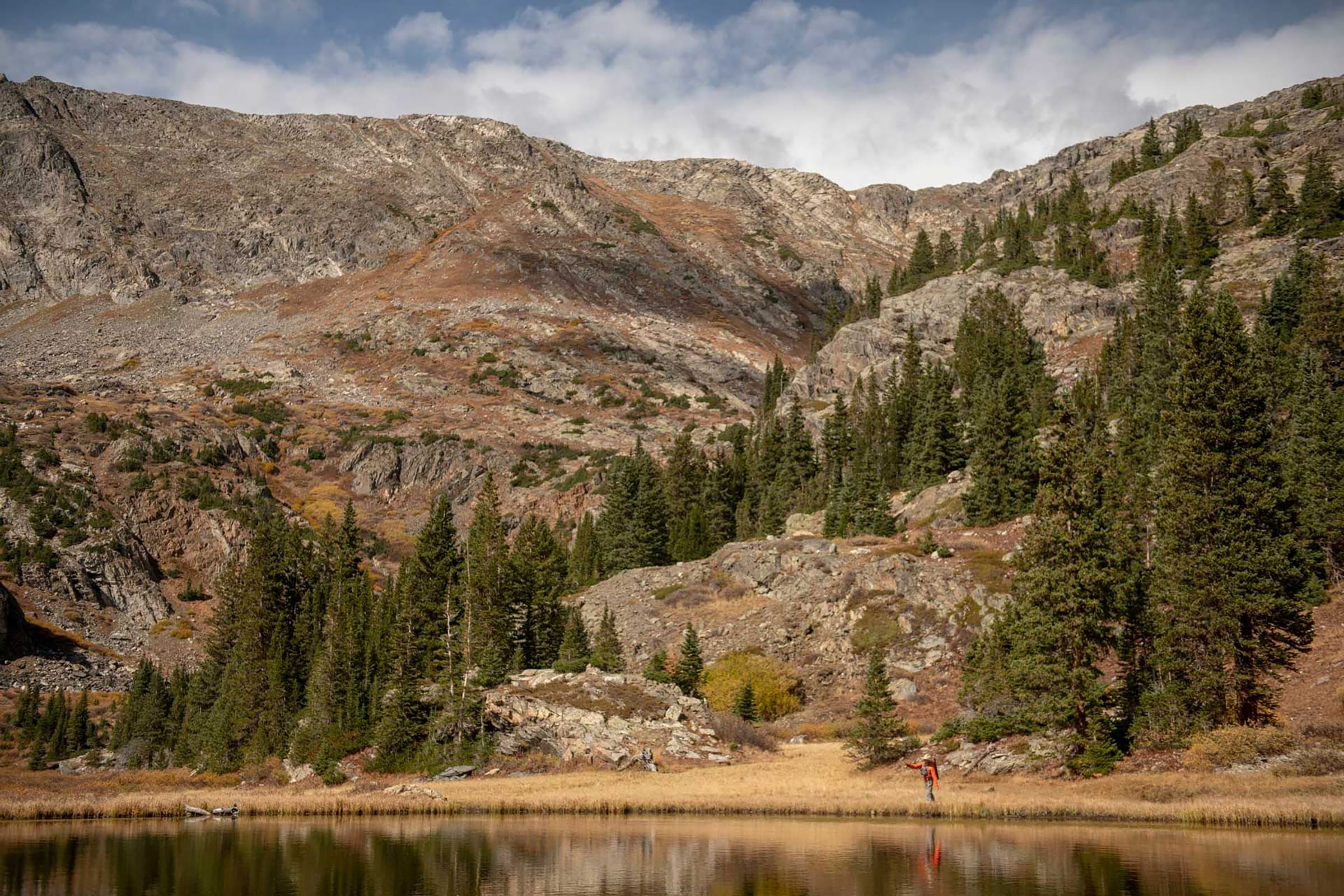Quick, name your favorite Inventoried roadless area. Do any come to mind?
If you’re like most public land users, roadless areas probably aren’t the first thing you think of when dreaming about your favorite hunting or fishing spot. But they should be—and you might have been enjoying roadless areas for years without even knowing it.

What are roadless areas?
Found in 39 states, 58.5 million acres of roadless areas make up 30 percent of our national forests. Referred to by some as “mild wild” lands, these are not the back-of-beyond designated wilderness areas, nor are they the road-ed front country. Roadless areas are the in-between public lands that you can drive to, park your rig at a trailhead and quickly find yourself in some of the best hunting and fishing in the country.
Nationwide, 70 percent of all roadless areas are home to native trout or salmon. Many trout streams in the West with special designations flow through or are fed by roadless areas, including the Blue Ribbon-designated Snake River in Wyoming, the Gold Medal Taylor River in Colorado, and Rock Creek, one of Montana’s famed Blue Ribbon rivers. Moreover, roadless areas conserve intact habitat for deer, elk and other big game, offering quality backcountry hunting that fills freezers with venison.
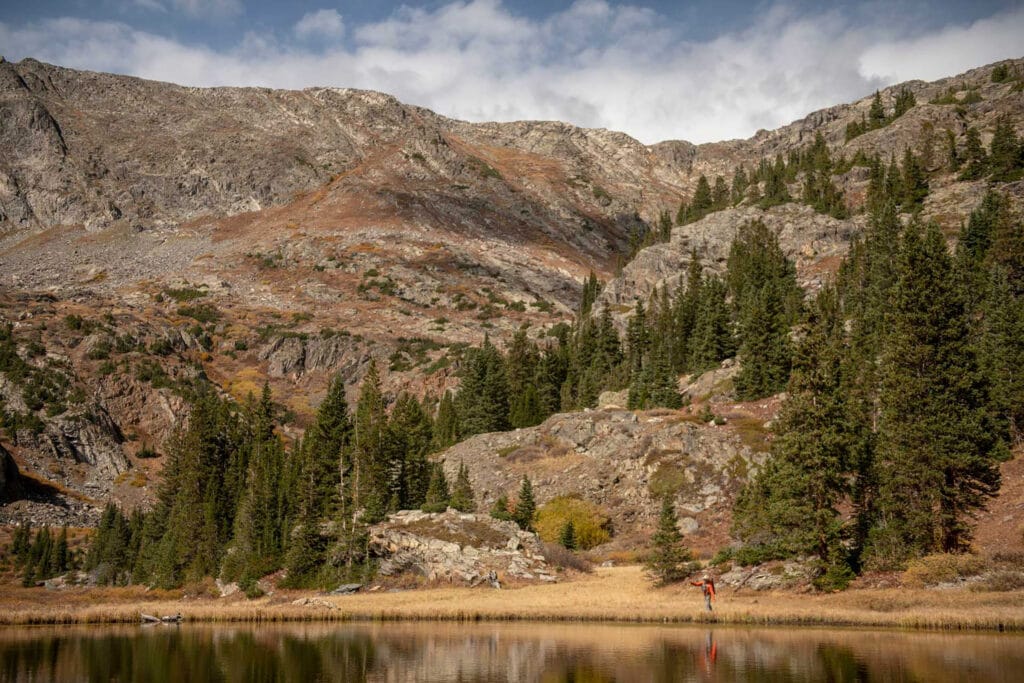
Irreplaceable treasures for humans and wildlife
It’s not just hunters and anglers in the West that benefit from roadless areas. In Alaska, anglers can pursue all five species of pacific salmon—plus steelhead, Dolly Varden, and cutthroat trout—in over 9 million acres of the Tongass National Forest that are protected by the Roadless Rule. In Virgina, nearly 294,000 acres of roadless areas are home to native brook trout while nearly a quarter million acres of roadless areas in New Hampshire support brookies—and small stream blue-lining—in the White Mountains.
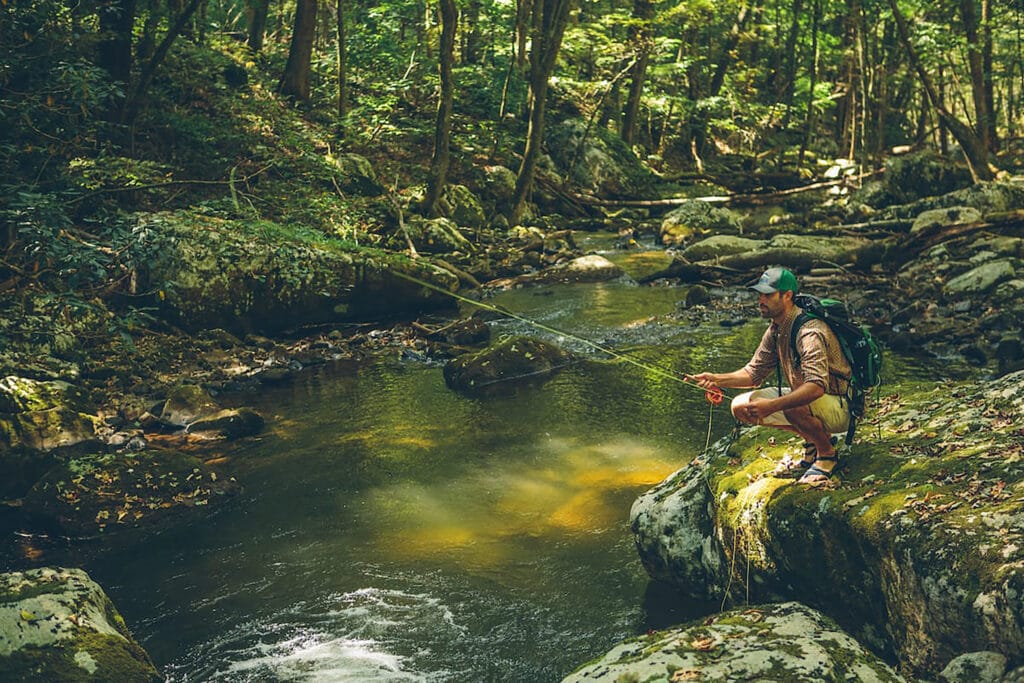
It would be difficult to overstate the fish and wildlife values of roadless areas—put simply, for hunters and anglers roadless areas are irreplaceable, providing easy access, solitude and quality hunting and fishing opportunities found nowhere else.
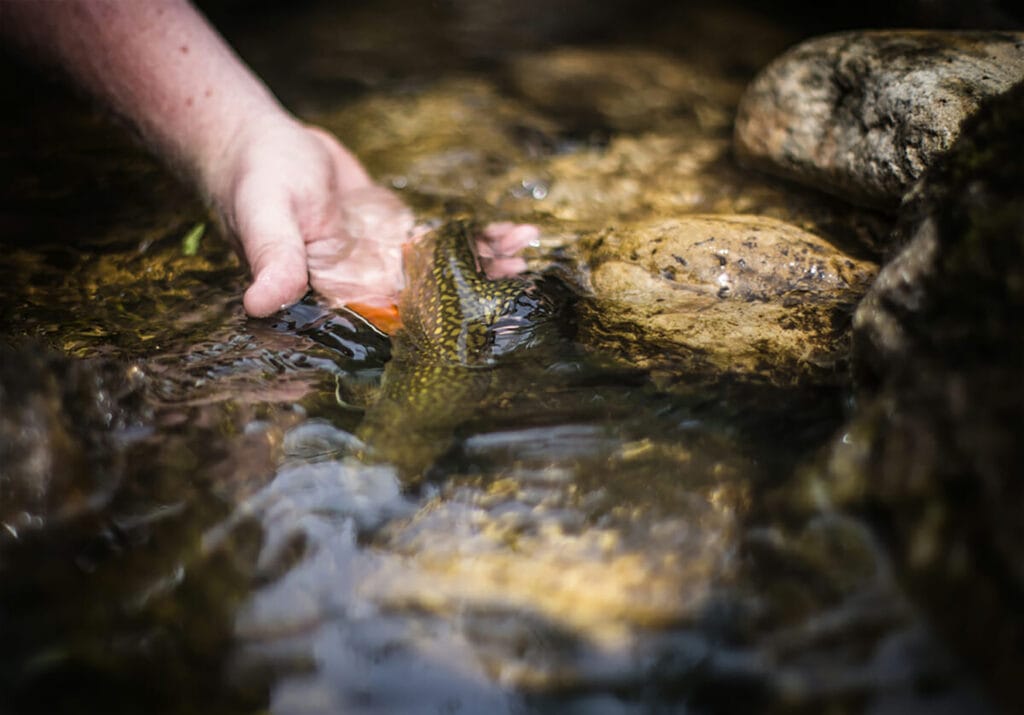
Do’s and don’ts of Roadless Rule regulations
Roadless areas provide these enduring values because they have been protected for nearly a quarter century by a national policy called the 2001 Roadless Area Conservation Rule.
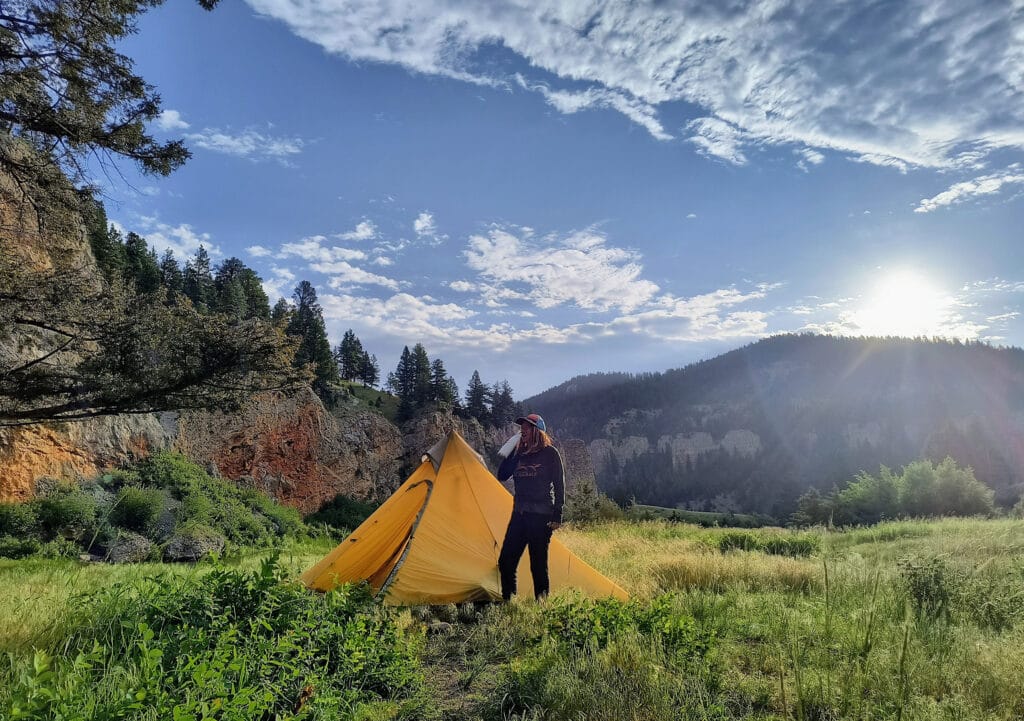
Promulgated during the Clinton Administration, the Roadless Rule is a regulation that generally prohibits new road construction and industrial-scale logging within the last remaining un-roaded National Forest lands.

Other than that, the Roadless Rule doesn’t restrict the management of these multiple-use public lands. Consider the following:
- Throughout the western U.S., 1 in 5 acres treated to reduce hazardous fuels—and reduce fire risk—have been in roadless areas.
- Over 9,000 miles of motorized trails across 12 western states are located within roadless areas.
- Livestock grazing is common in roadless areas, including 14.8 million acres of grazing allotments within roadless areas in Utah, Montana, Arizona and Wyoming.
- The Roadless Rule does not prohibit mineral exploration or mining pursuant to the General Mining Law of 1872.
Sporting values at risk, not to mention prime habitat
Despite two decades of success providing balanced multiple-use public land management, protection for roadless areas could be on the chopping block.
On June 23, 2025, the U.S. Department of Agriculture announced its intent to rescind the Roadless Rule. If rescinded, new road construction and associated industrial scale logging would fragment fish and wildlife habitat, degrade water quality and quantity and reduce backcountry hunting and fishing opportunities on public lands.

In the weeks and months ahead, it will be critical for public land users to make our voices heard. America’s hunters and anglers recently spoke in a unified voice to prevent Congress from selling off public lands. Now we must do the same to protect our last, best fish and wildlife habitat found in roadless areas.
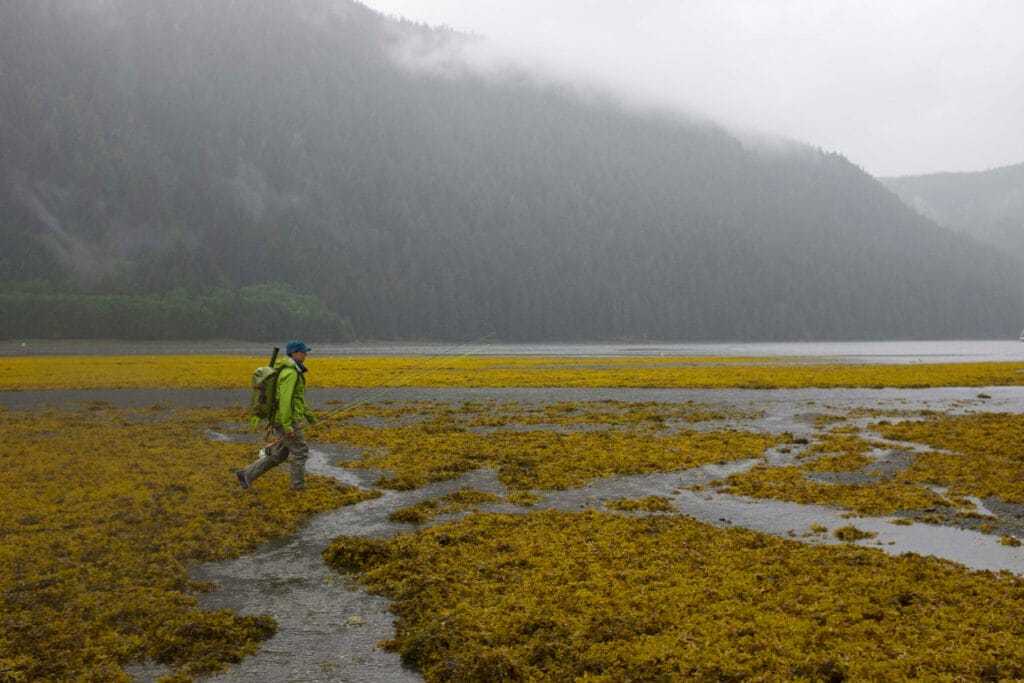
You can help in three ways:
- Take action today by contacting your members of Congress and telling them how important roadless areas are for your outdoor traditions.
- Once the Forest Service begins taking public comments, submit a comment in support of protections for roadless areas. Stay tuned to TU’s social media platforms and email—we’ll keep you up to date as this process unfolds.
- Use TU’s roadless mapper to find a roadless area near you, go for an adventure and then tell your friends and followers that when it comes to hunting and fishing, roadless is more!


